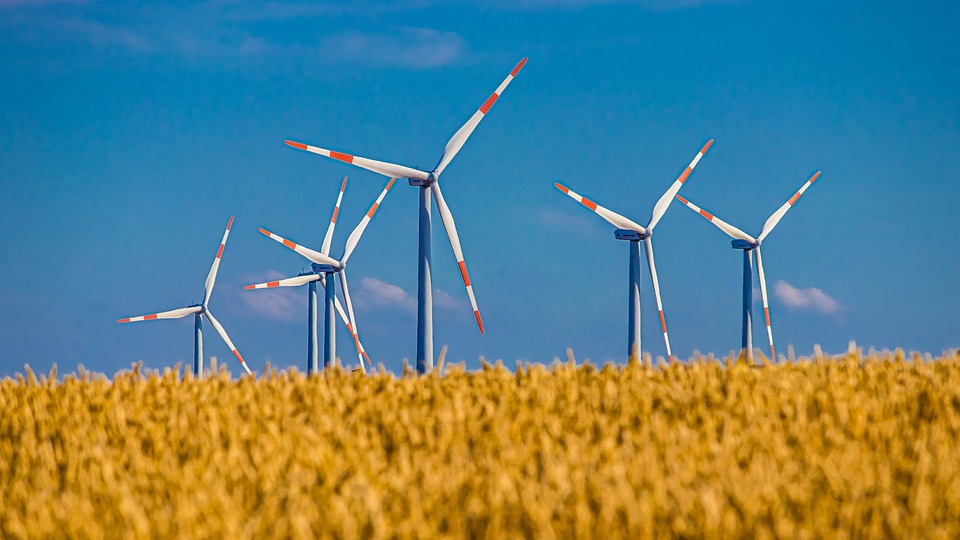6.1 Renewable and Nonrenewable Resources
2 min read•june 18, 2024
Karla Jauregui Sandoval
AP Environmental Science ♻️
252 resourcesSee Units

Image Courtesy of Pixabay.
Nonrenewable Sources and Impacts
A nonrenewable source of energy is one that has a finite supply and once it is consumed it can not be replenished in a human lifetime. The rate of consumption of nonrenewable resources are becoming limited due to the fact that it is cheaper to produce and is readily available after the development of multiple processing facilities.
Non Renewable sources are the primary source of energy being used worldwide. The United States has an abundance of coal as well as oil, coal and natural gas. The rate at which we are using these resources is much faster than the rate at which they are being replenished.
Examples of nonrenewable energy sources include
Fossil Fuels
➱ Oil
➱ Coal
➱ Natural Gas
➱ Petroleum
➱ Nuclear Power
Overall, nonrenewable energy sources are an important part of the world's energy mix, but they are becoming increasingly controversial due to their environmental impact and the fact that they will eventually be depleted. As a result, many countries are working to increase their use of renewable energy sources, such as solar, wind, and hydroelectric power, which are replenished naturally and do not produce greenhouse gases.

Image Courtesy of Pixabay
Renewable Energy Sources
A renewable source is one energy form that can be replenished at or near the rate of consumption. Renewable energy is widely advocated because it can replace the dependence on fossil fuels for energy. Renewable sources can be used around the world and prices have been recently decreasing which makes it more affordable.
Examples of renewable energy sources include
➱ Wind
➱ Hydroelectric
➱ Solar
➱ Biomass
Overall, renewable energy sources are a clean and sustainable alternative to nonrenewable energy sources, such as fossil fuels, and are an important part of the global effort to reduce greenhouse gas emissions and combat climate change.
Browse Study Guides By Unit
🏜Unit 1 – The Living World: Ecosystems
🐠Unit 2 – The Living World: Biodiversity
👪Unit 3 – Populations
🌏Unit 4 – Earth Systems & Resources
🏖Unit 5 – Land & Water Use
⚡️Unit 6 – Energy Resources & Consumption
💨Unit 7 – Atmospheric Pollution
♻️Unit 8 – Aquatic & Terrestrial Pollution
🔥Unit 9 – Global Change
📚Study Tools
🤔Exam Skills

Fiveable
Resources
© 2025 Fiveable Inc. All rights reserved.